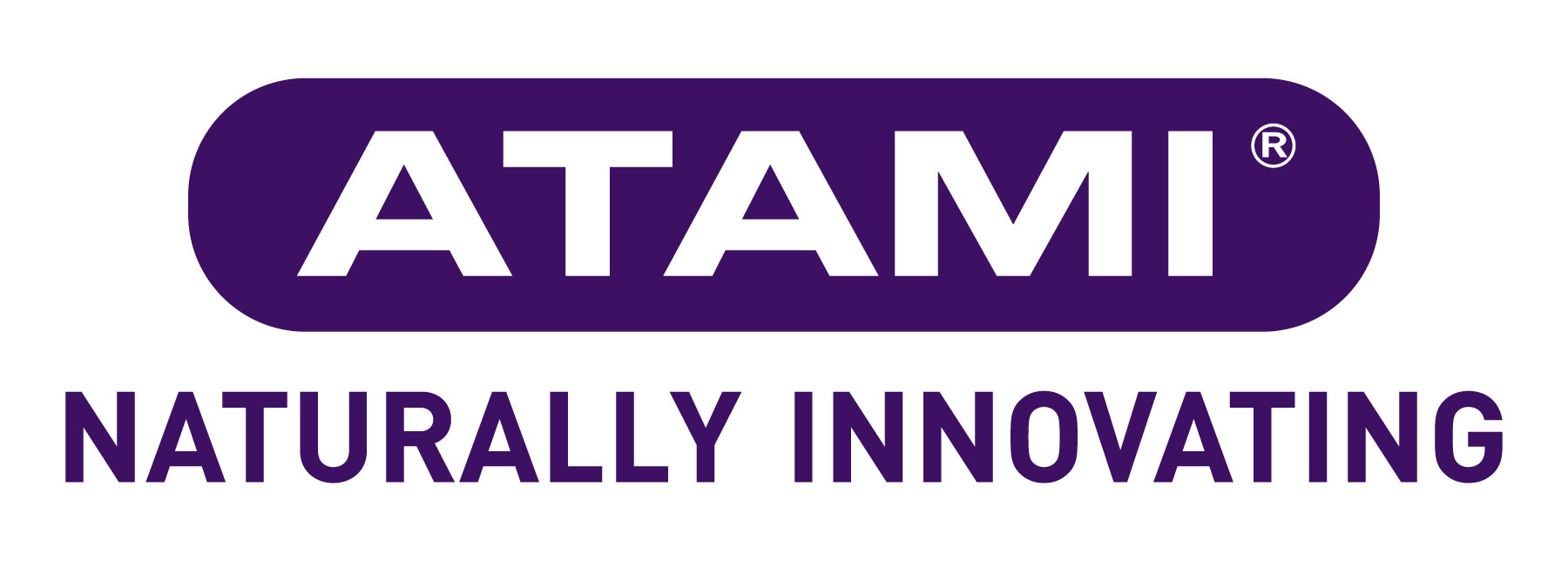Old Vs New - is LED better than HPS?
Hydroponics, with its remarkable adaptability and versatility, has captured the imagination of growers worldwide, offering the freedom to cultivate in diverse environments. As any seasoned hydroponic grower knows, lighting plays a pivotal role in the success of their crops, directly influencing plant growth and development. In this blog, we will explore the impact of various lighting systems on hydroponic growth, revealing each technology's unique strengths and advantages.
LED lighting is widely used in hydroponics due to its energy efficiency and long lifespan. LED lighting produces less heat, which is beneficial for indoor growing, and it can be customized to emit specific wavelengths of light for optimal plant growth. The spectrum of LED lights can be adjusted according to the plant's growth stage. The initial cost for an LED may seem steep, but LEDs use less power than HPS & MH and last a lot longer - making them the more economical choice in the long run. In our experience, plants thrive under LEDs. They emit more useable light channelling more of the spectrum, which helps increase photosynthesis and allows the plant to grow bigger & better. Unfortunately, not all LEDs are created equal, so we strongly recommend researching before purchasing an LED. Our favourites are the Flex-R series and the Hortitek Growboards. The Growsabers by Hortitek are perfect for propagation or low-light plants (such as monsteras, philodendrons etc.). You can also get enhancer bars in several spectrums, such as UV-A. These bars can be added at certain times to your growth cycle, and, as the name suggests, they will enhance your grow. In colder climates, the lack of heat from an LED can be an issue, but that is easily solved by adding a heat source like a heat saber. We have a blog about how to pick the right LED for your space, we recommend reading it if you are in the market for an LED.
High-Pressure Sodium (HPS) lighting is another popular lighting system used in hydroponics. HPS lighting emits a warm yellow light that is similar to natural sunlight. It is known for producing a high-intensity light that helps to promote plant growth during the flowering stage. However, HPS lighting creates a lot of heat, which can be problematic for indoor gardens. It also has a shorter lifespan than LED lighting, with lamps needing to be replaced every 9 - 12 months. While HPS lights are generally used for flowering, you can use them through both the veg & bloom cycles. With the introduction of LED grow lights, HPS has become the dinosaur technology, but it still has its benefits - mainly in winter when ambient temperatures are much colder and an LED just isn't cutting it. Many people forget plants hate the cold. Adding an HPS to your grow room in winter not only boosts the temperature, it can increase the quality. Our favourite HPS lamps are from Indoor Sun. The 600w Pro is a fave amongst us here at Hyalite. We don't believe HPS is extinct just yet; it will always have its place in hydroponics.
Metal Halide (MH) lighting is commonly used during the vegetative stage of hydroponic growth. MH lighting emits a blue spectrum light that promotes leaf growth and overall plant structure. However, it produces a lot of heat and has a shorter lifespan compared to LED lighting. Metal Halide users have become scarcer over the last few years, especially with the LED boom offering quality vegetation and flowering lights in one. MH light is still used in other areas - such as outdoor sports and security lighting. So while they may not be used for hydroponics anymore, they still offer lots to the community in other ways. We have a small selection of MH lamps by Indoor Sun, and we can't recommend them enough if you are an HPS grower; the HPS vegetative growth can't compare to the growth and strong roots a Metal halide produces.
When it comes to hydroponic lighting, one clear winner emerges from the competition - LED technology. With its unparalleled energy efficiency and extended lifespan, LED lighting outshines its counterparts, HPS and MH, in every aspect. LED lights emit specific wavelengths customized to suit different plant growth stages, channelling a more usable light spectrum that maximizes photosynthesis, promoting thriving and bountiful harvests. Although HPS and MH have their merits, they pale in comparison to the futuristic prowess of LED. As hydroponic enthusiasts, we wholeheartedly endorse LED grow lights, urging you to embrace this cutting-edge technology for enhanced plant growth and an eco-conscious, economically sustainable future.



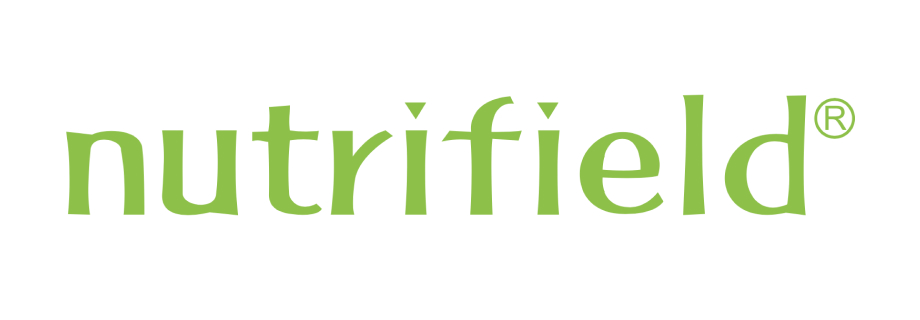



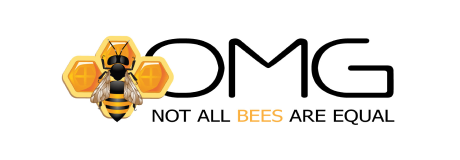
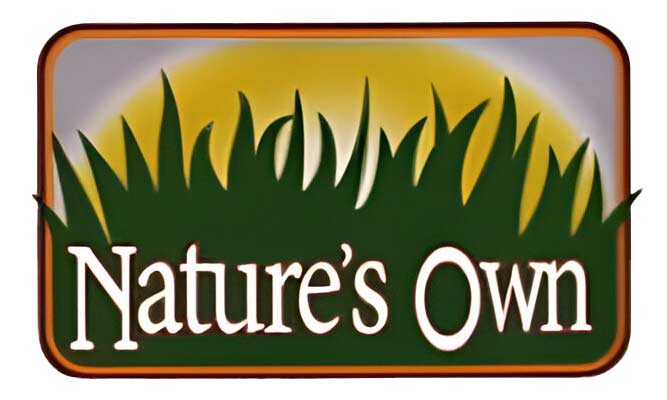





















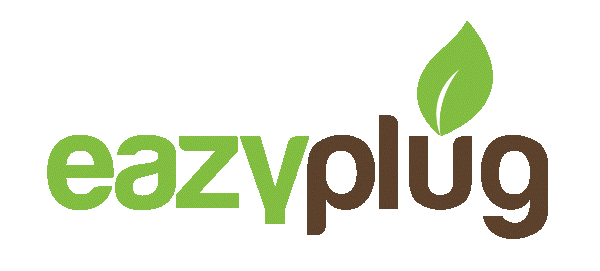


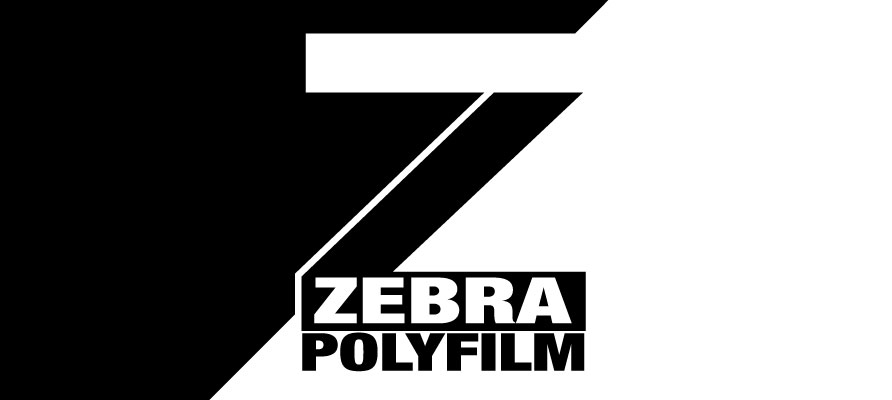


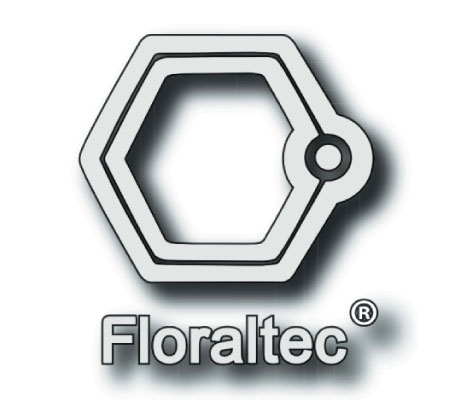

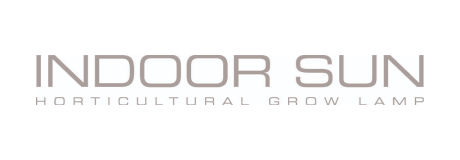




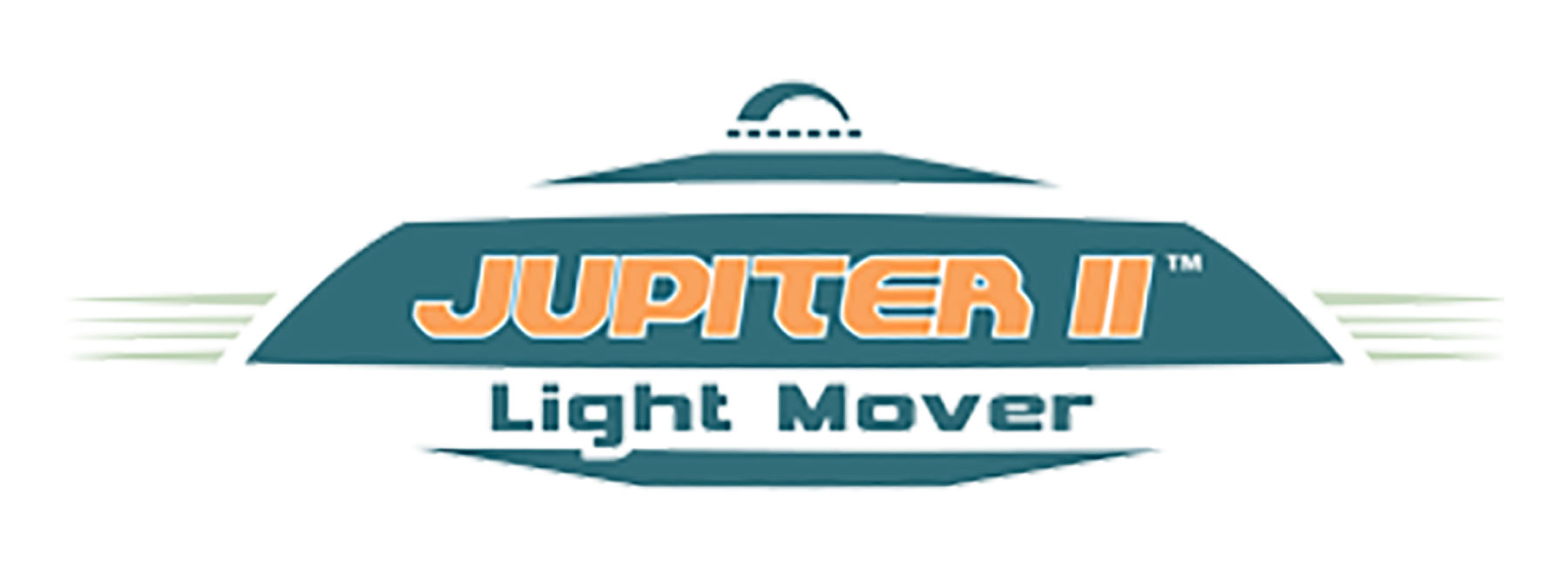













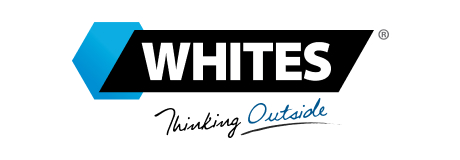





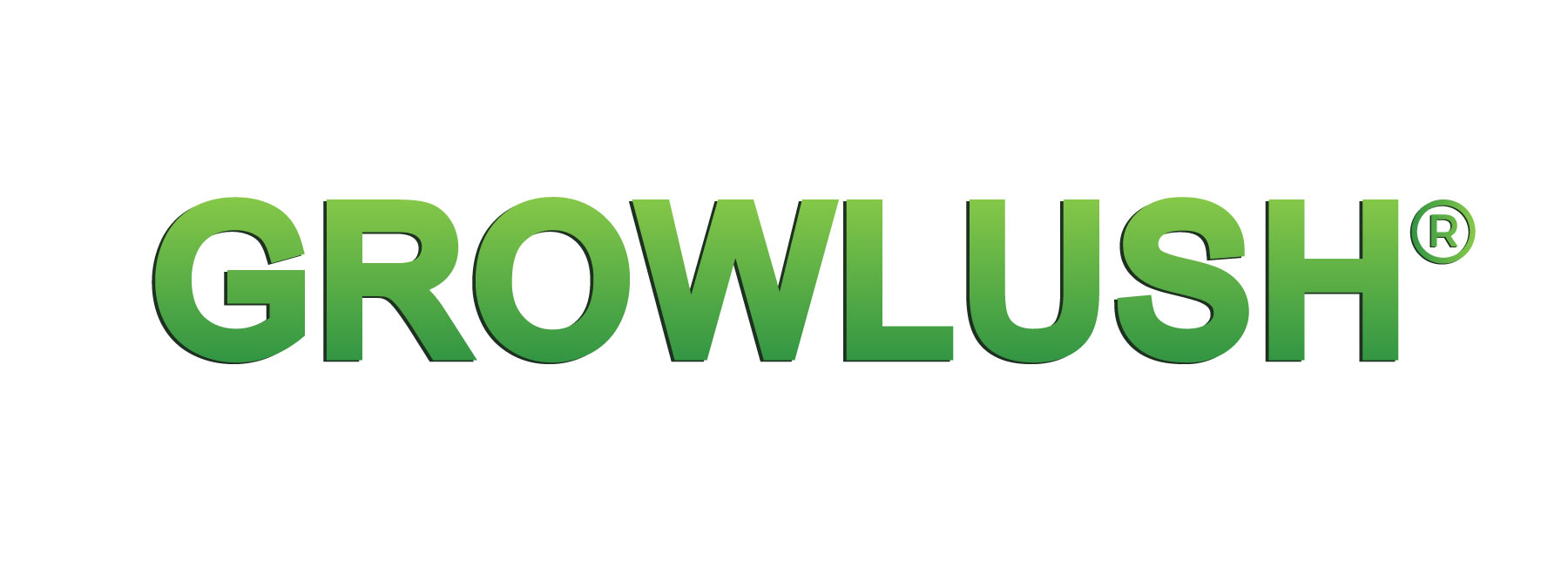



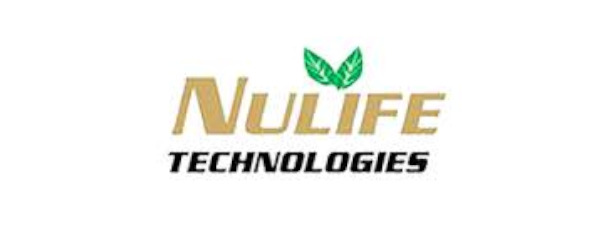


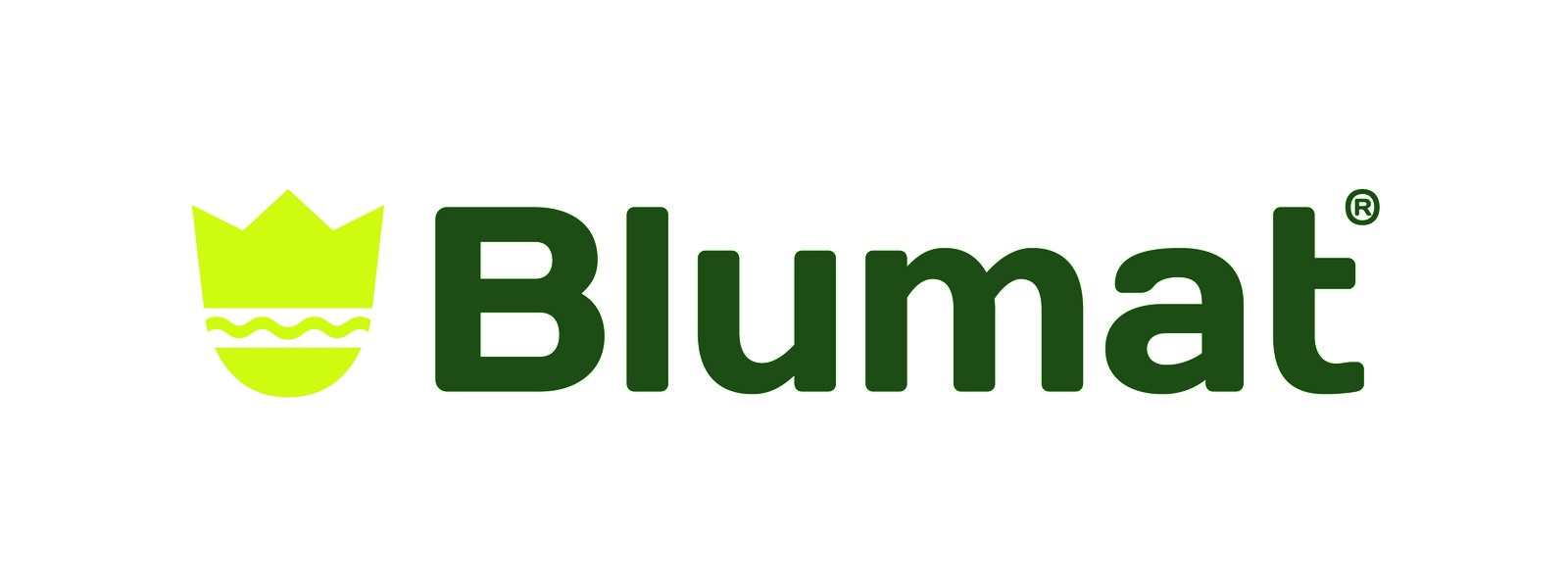
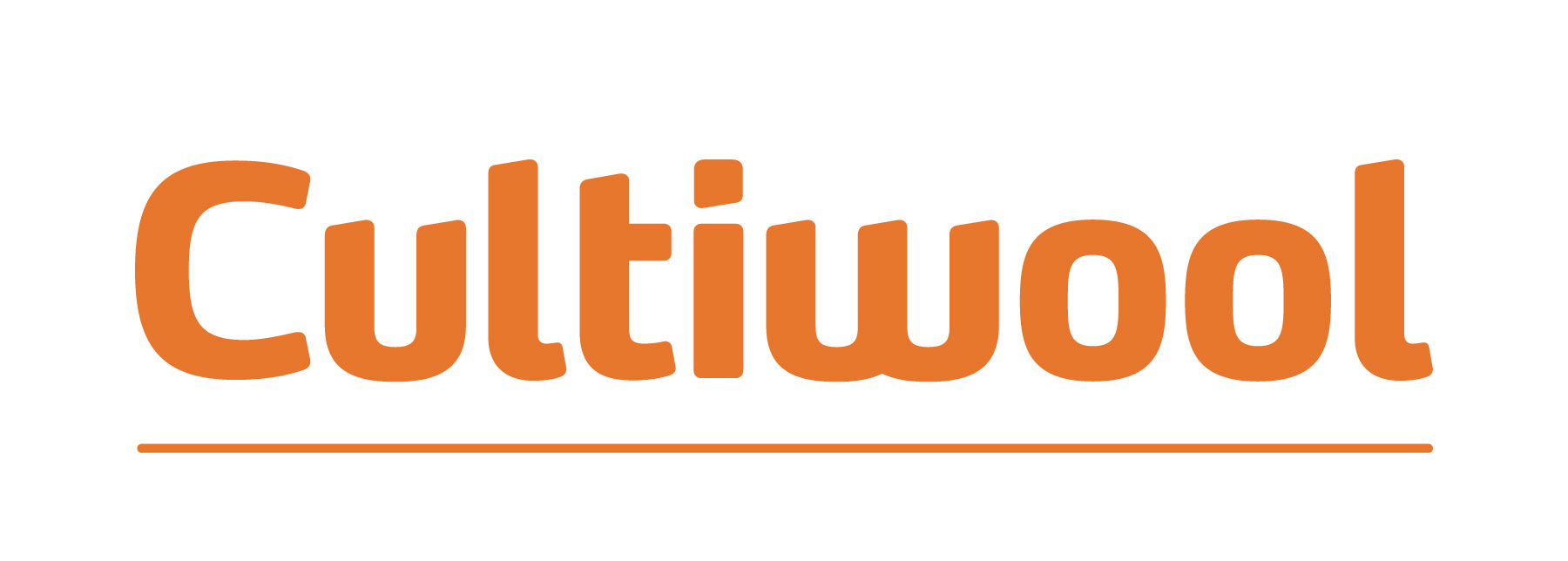







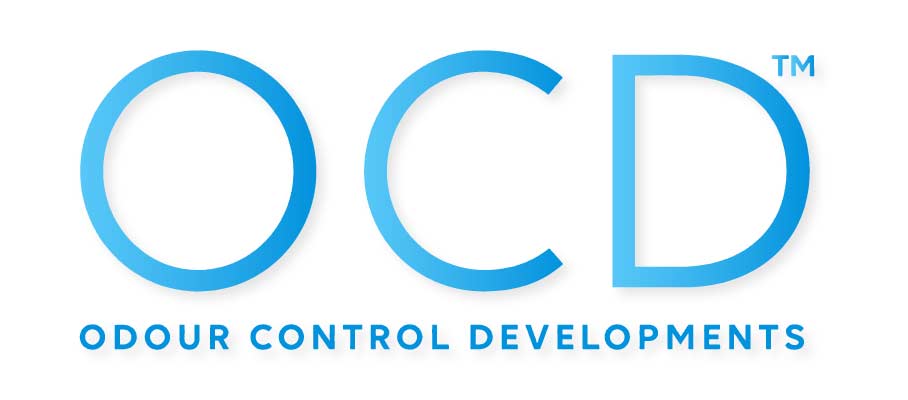

-hyalite.jpg)




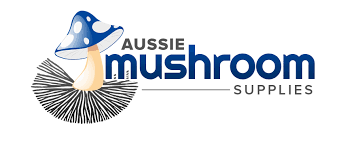
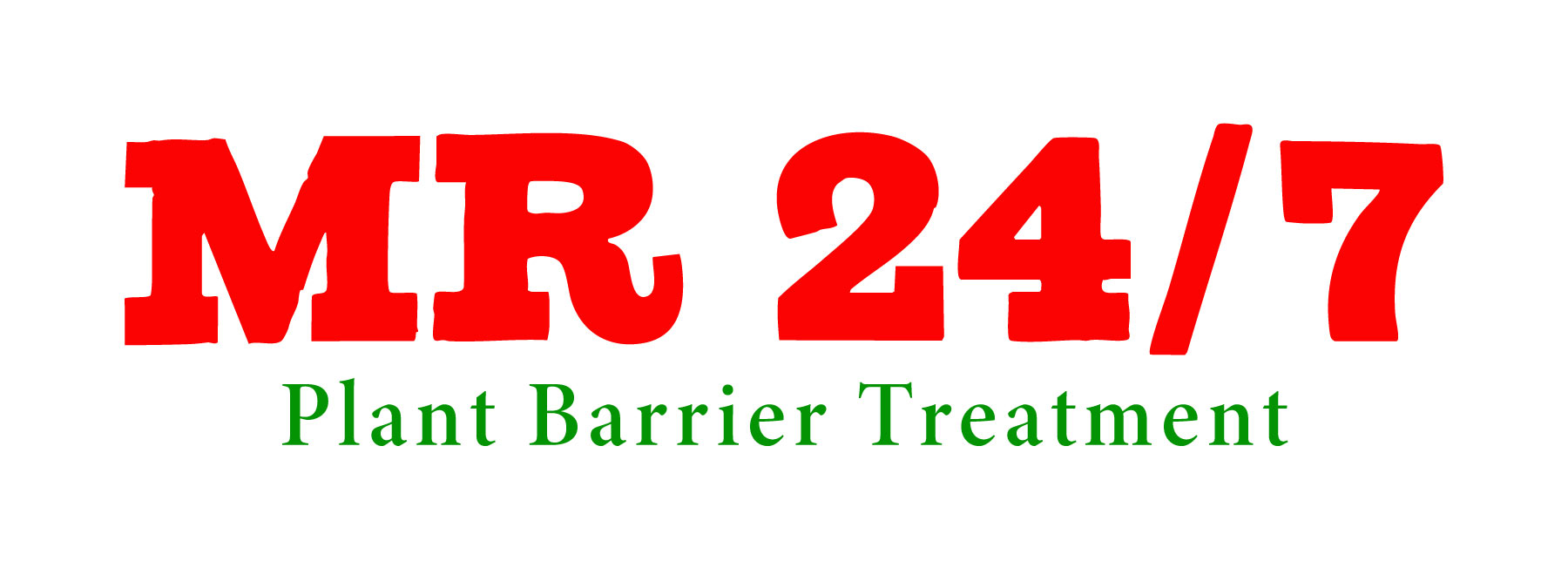
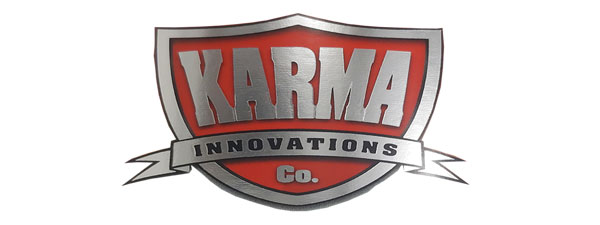




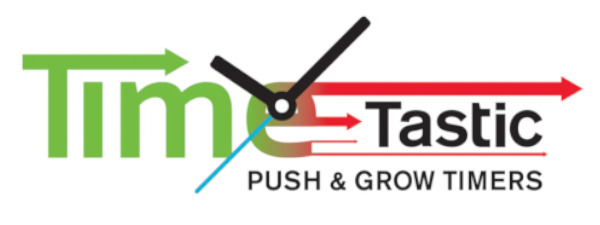



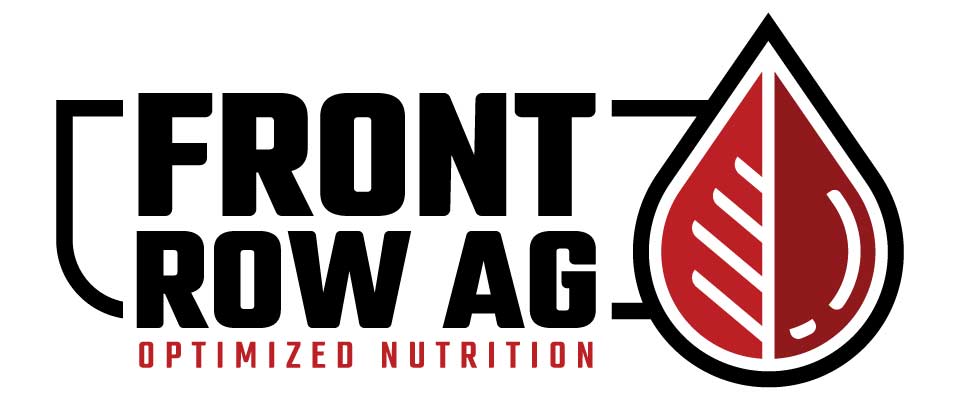
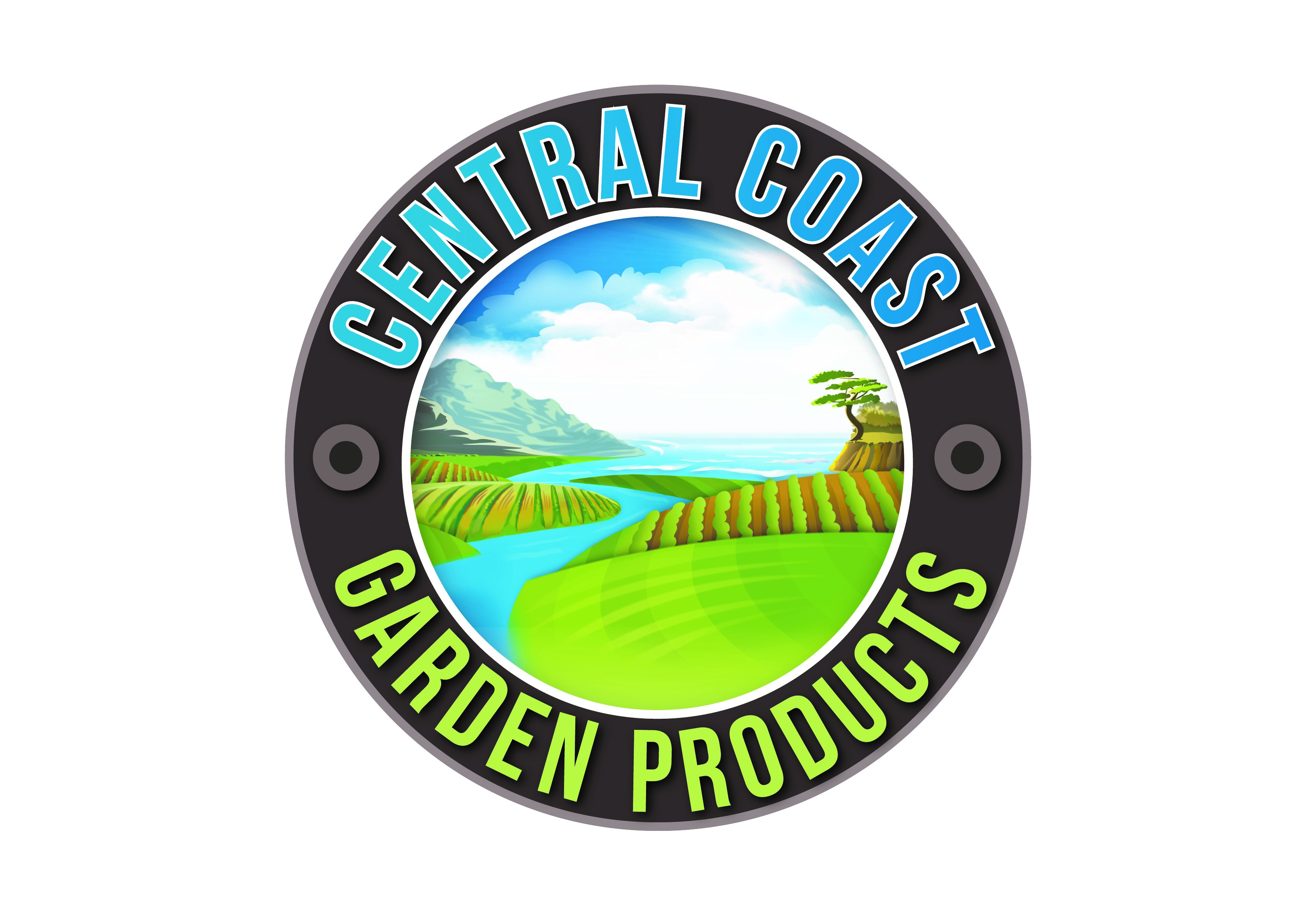


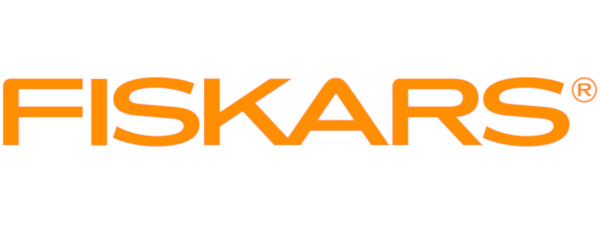




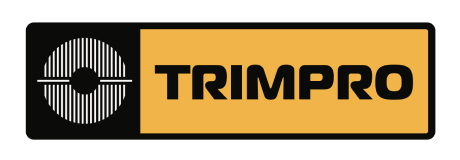

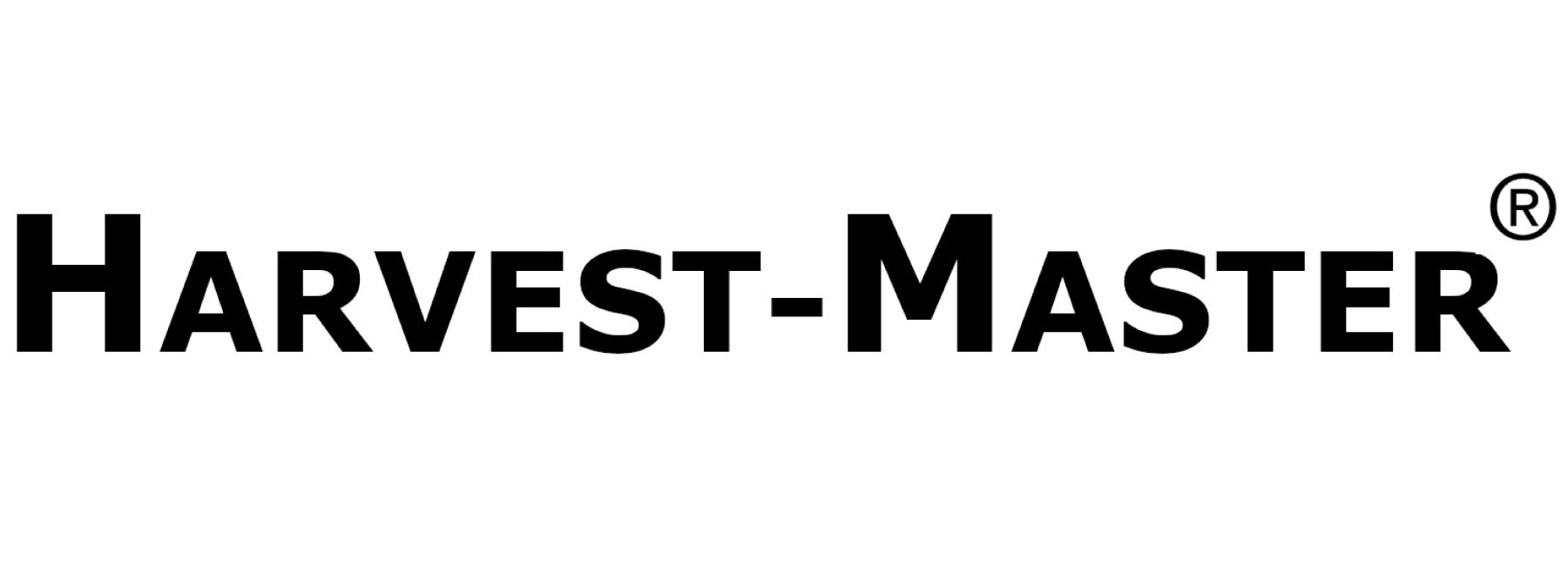





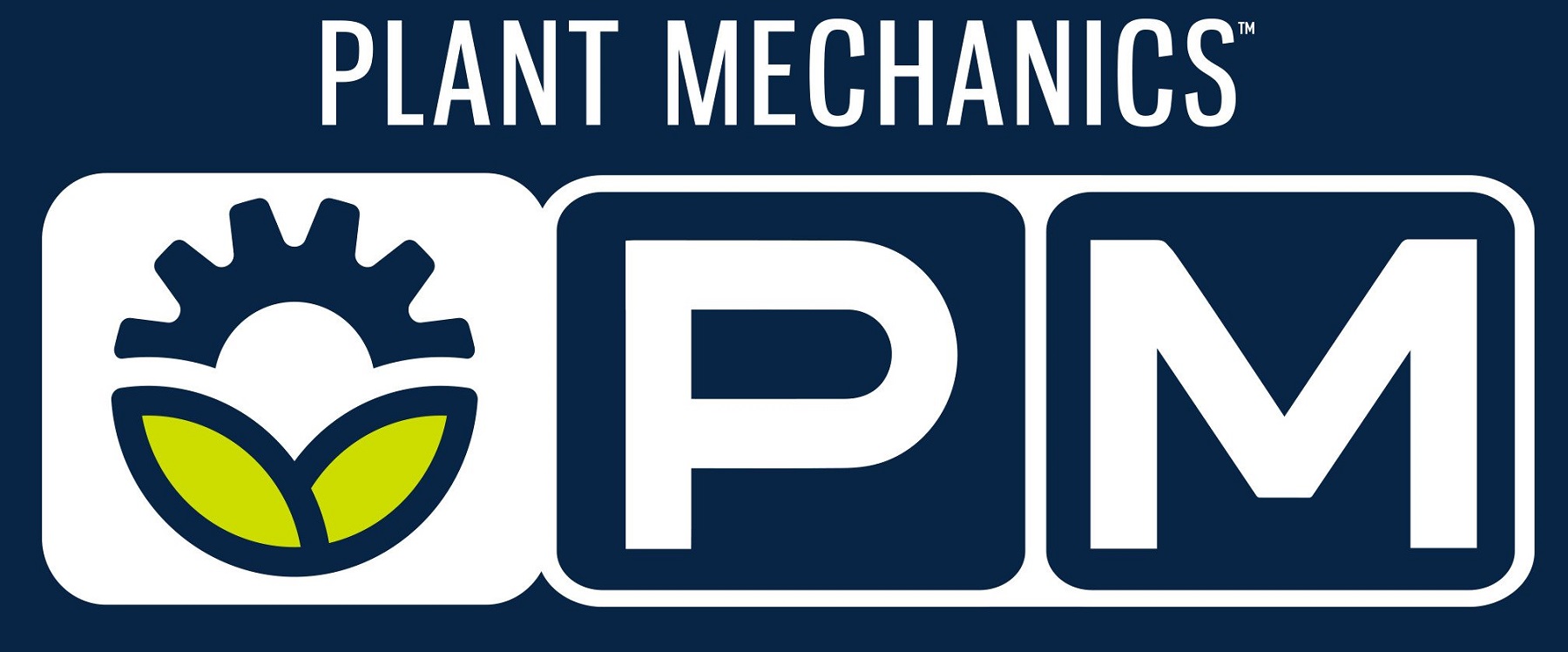



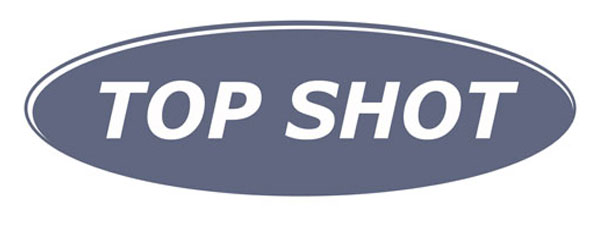







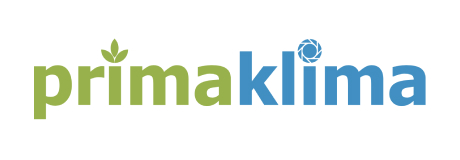


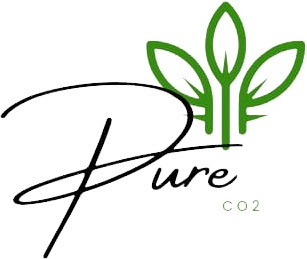



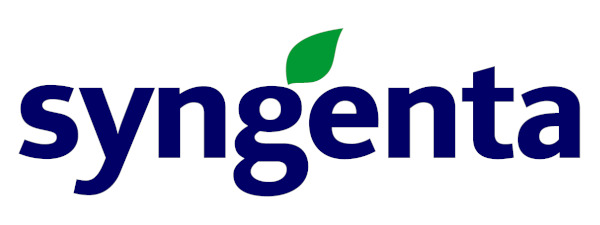
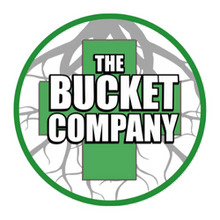
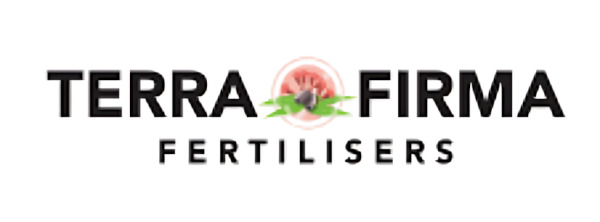

-logo.jpg)

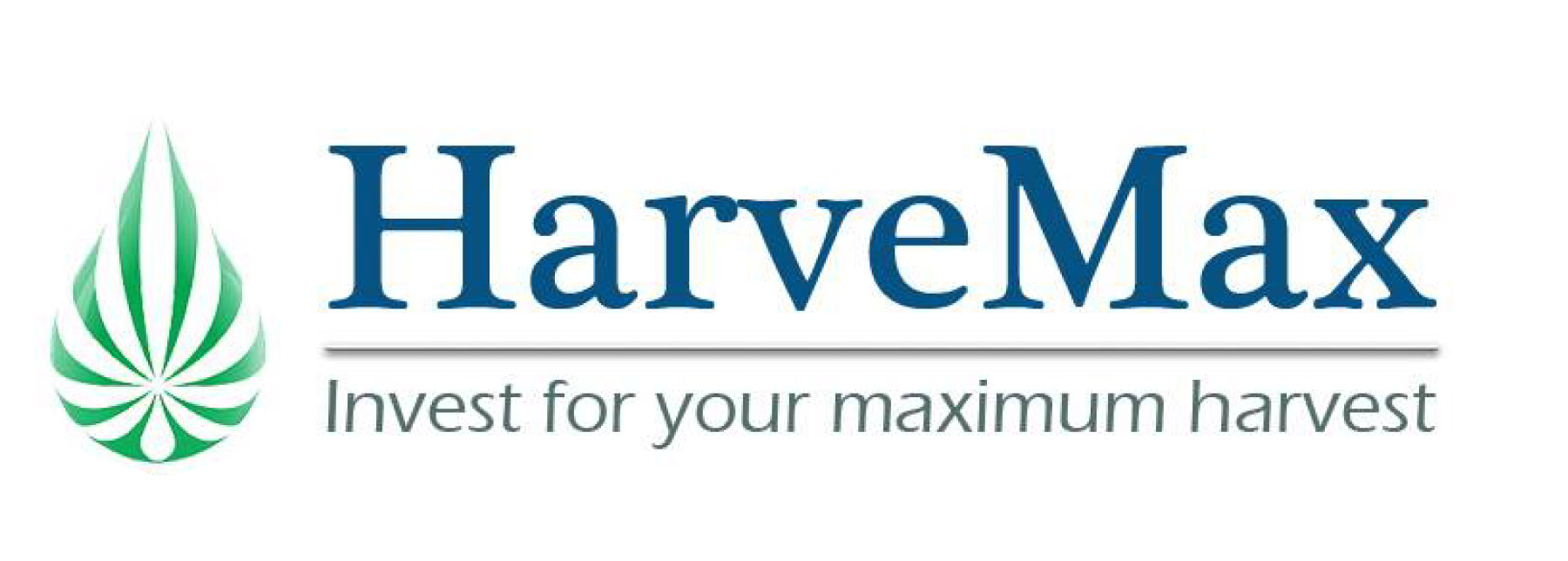

.jpg)
